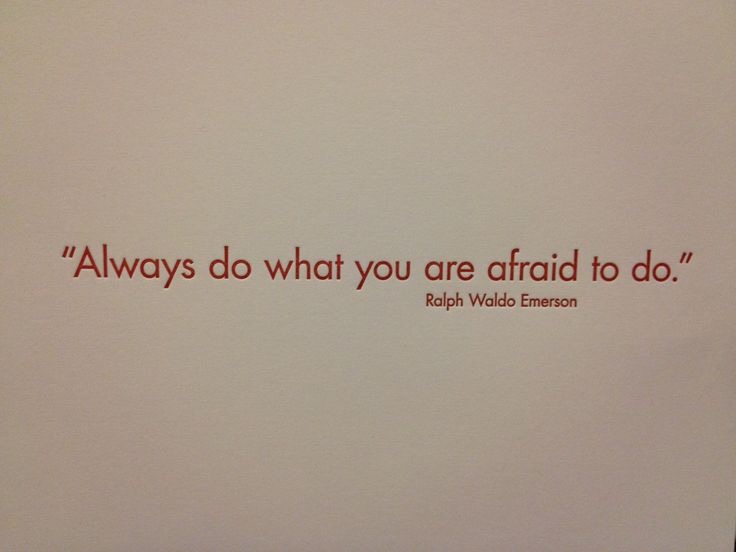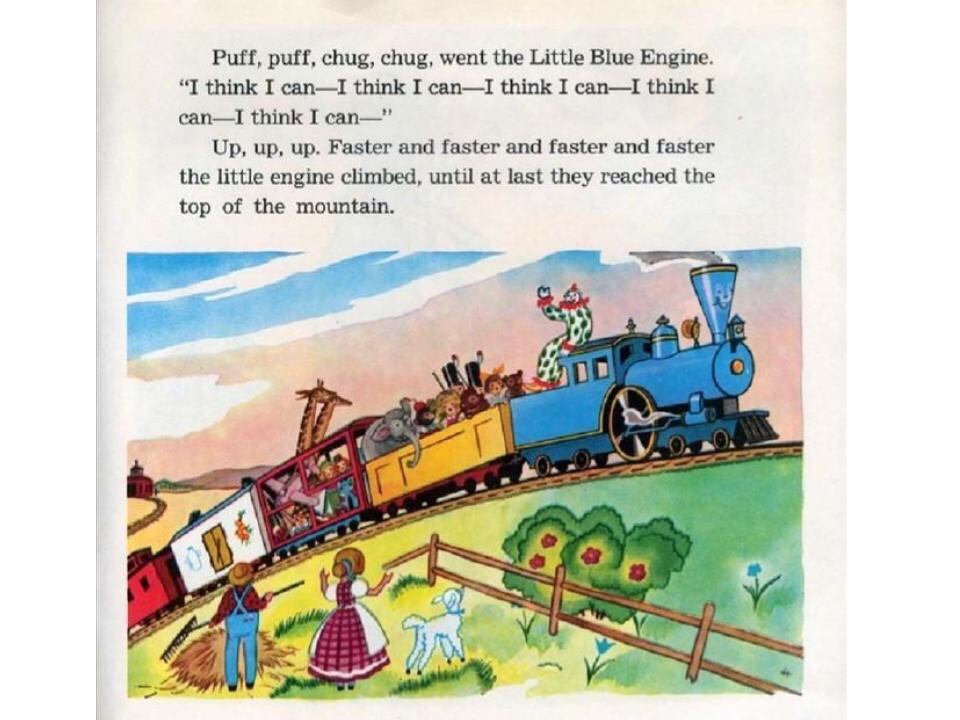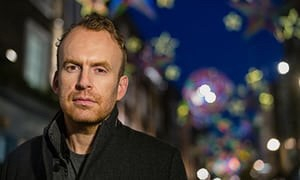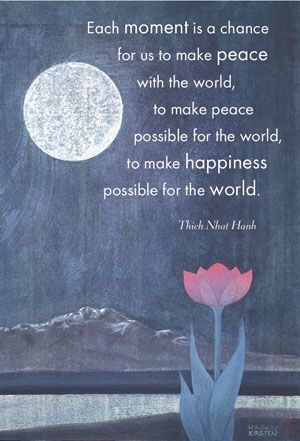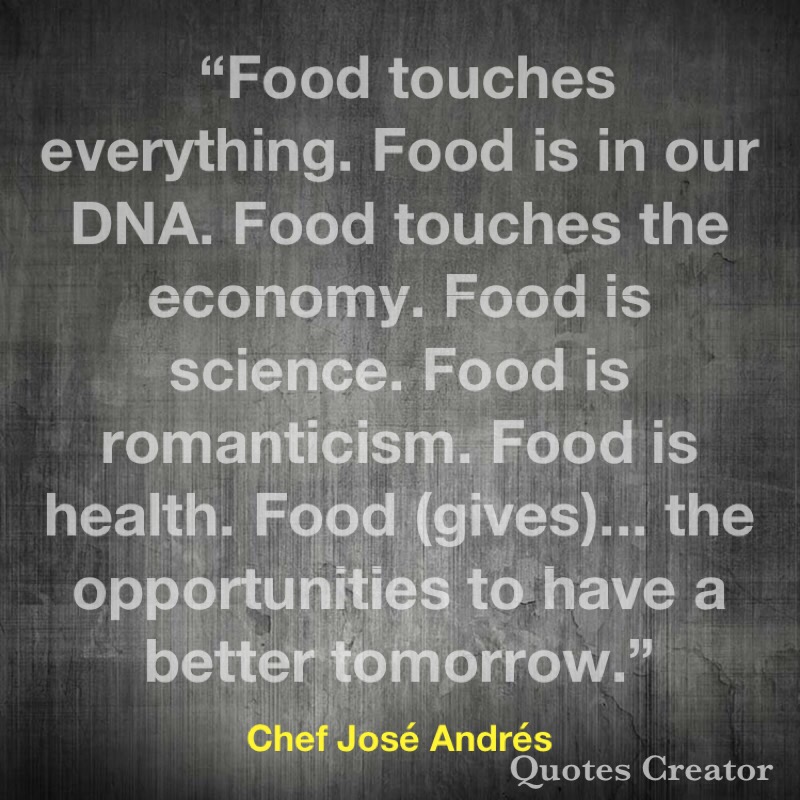
Ever since I was little, I’ve been drawn to artists. I’m not sure I could have articulated it, but there has always been something about those who till the soil that sparks something inside me.
I like to tell the story about how I wrangled my way into the life of Colette Rice. It wasn’t long after my dad had passed away and he’d left me some money. I’d become a fan of the Actors Shakespeare Company in Hoboken, which Colette ran, and learned that their upcoming show was in a financial jam. I was thrilled to be able to offer a bit of support—it remains one of the best things I’ve ever done. Sitting in the audience, I felt a rush from having contributed to something so special.
Watching Colette in the theater was kind of like watching a show itself. She was everywhere. Directing, talking to donors, engaging the audience. She did it all, and seemed to have energy to spare. After one show, I introduced myself. She was charming and lovely as she expressed her gratitude. By the end of the evening we’d formed a connection.
I’m not sure exactly when it happened, or how, but at some point our friendship shifted gears. As we got to know each other, we realized that despite having lived very different lives, we shared many of the same outlooks and dreams, and even some of the same fears. We’d hang out in her Hoboken apartment and slowly but surely, a bond began to form.
And then, things changed. Colette’s mom had health issues. She flew to California and came back, but it was clear where her heart was. When she looked at everything from above, she knew she was going home. And so, in the midst of 2012’s Hurricane Sandy, a piece of my heart said goodbye and headed to Sacramento. I was terrified that the distance would make it harder to sustain the everyday feel of our friendship.
It turned out to be the opposite. We began exchanging emails, where we’d keep each other informed about what was going on—in time, they became a daily habit. Colette was busy taking care of Mom, but always found at least a few minutes to check in. Meanwhile, I did a lot of fretting over money, work, and the anxiety that too often felt like it would get the best of me.
Even as she dealt with the upheaval caused by her transition, and the growing needs of her mom, she held me up. Meanwhile, she pondered what was next in her own life and began to look at her options. But it was Mom who held her focus.
And then, at the end of 2015, life decided to throw the kitchen sink at Colette. A health scare had us both in knots—just a few days later, her beloved mom, Ilene Rice, became ill. Before her family was ready, they were saying goodbye to their matriarch.
Colette was devastated, and dare I say, a bit untethered. She’d lost her mom, her housemate. She suddenly faced new challenges and the prospect of living life completely on her own terms. But what to do?
She thought a lot about it, and then did the thing that Inspirers do—she started taking steps. From the other coast I watched and, out of habit, fretted that this or that move wasn’t the right one for her. Was this decision going to put her in a precarious place? Was that choice the best one? As she moved ahead, I secretly (though I may have mentioned it a couple of times), hoped she’d re-discover her theater roots. To me it was her essence.
There were some rough patches as she weighed options. Money spent on potential work opportunities, a few applications to jobs that weren’t quite right. Meanwhile, she’d started a spiritual practice that seemed to lift her. In the midst of emails focused on financial issues or fears, she’d talk about spirit, about these insights into her life and responses. Practical Paula wasn’t sure what to make of it all.
There were still rough times ahead. Worries occasionally slipped into panic for both of us, while questions about a purposeful life lingered. No matter how busy we got, though, Colette rarely missed a day of writing. She talked me through my cycles of self-doubt and congratulated me when I took on my bad habits and worked to create new ones. She was, quite simply, always there when I needed her.
I could call 2017 the year of Colette. Looking back, the transformation is almost unreal. It started with some uncertainty, which included taking on jobs she’d never imagined, like caretaker for an older lady who was not always easy. There were times she pushed every button, but Colette managed to see beyond the personality to the pain.
And then, she took on a new, fuller-time job. As I continued to gnash my teeth on what was going wrong, she up and joined the real world. It was another challenge, and definitely not an easy one. She’d be working with folks who’d been through the wringer, for a wonderful organization that would pose its own tests. The days were long and bumpy, some more rewarding than others. Colette kept moving forward.
And then…
Suddenly, there was a play—but not just any play. Shakespeare. All’s Well that Ends Well, to be precise. It happened quickly, and by May she was in rehearsal. The schedule was grueling, but within the stress it was as though a light had been turned on.

The show went up, and so did the heat. Her first time onstage in years and Colette was greeted by 105 degrees. It was exhausting, but also exhilarating. The light got a little brighter…
She got a car, after depending on public transportation and others for so long. I don’t know why I didn’t see it clearly then, but it was as though the Universe was preparing her for the next chapter. One by one, things began falling into place. New contacts, new friends, and then, new opportunities.
A new job. Not immediately, but by the end of this year, which had begun so uncertainly; and not just any job. A job in theater!
It was both stunning and predictable. A great theater company in Sacramento needed her expertise. And within an instant (which was actually more than a year), her life had shifted yet again—this time, straight up.
I watched, I marveled. Was it really possible to manifest good things like this? I’d seen it all happen, so I knew it was wasn’t an accident. Colette had taken leaps all year, from accepting the acting gig to buying a car. This wasn’t luck, it was simply the logical result of her thoughts and actions. Her next role was the one for which she’d been studying.

I am not above a bit of envy, but in this case, I think it’s the good kind. For what I’ve learned, having viewed her year, are things that I can bring to my own life.
Look within
Find your passion
Take risks
Stay open
Trust yourself
Colette showed me a letter she’d written to herself at the end of 2017. Set in the future, she talked about how far she’d come, how happy she was. It was kind of incredible, how spot-on her predictions had been.
All this year I’ve looked at the qualities that make folks stand out in this crazy world. Colette embodies so many of them at once. Bravery, determination, commitment, creativity… all wrapped up in one beautiful, supportive, unbelievably talented woman.
It’s no exaggeration to say I don’t know what I’d do without her. For even as she reaps her rewards, she never lets me forget that she believes in me, and that I can do the same. When I am tempted to bathe in self-doubt, I have this, from one of her daily notes:
“If you could love yourself half as much as I do, you’d take the world by storm.”
I do believe that’s a good goal for 2018.
I can only end this post with one more Shakespeare quote, from the end of Sonnet 30.



